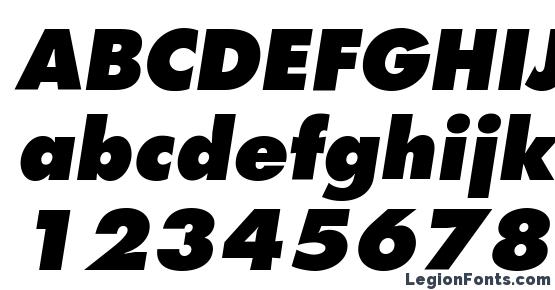


For instance, if you saw a financial company with a logo written in comic sans, you’d probably comment on just how unprofessional that business appeared to be. You’ve probably noticed the inherent influence of different fonts in the past. While we have you here, check out these brilliant design resources on Amazon: This means that if you want your brand to be remembered, you need to enhance its visual appeal, and that’s where typography psychology comes in.īefore we dive into the details of typography in logo design, and graphic design, and how font psychology can impact your audience, it’s worth exploring why certain typefaces have such a significant emotional appeal. Thanks to something called the “picture superiority effect”, human beings are more likely to recall visual stimuli than anything else. Font psychology: What your “type” says about you So, let’s get started on finding your “type”. Once you understand that each font has its own distinct characteristics, and you clarify what those are, you can choose the options that share the features that best represent your business. Whether designing a logo with a typeface that’s serious and sober to define a “formal” brand, or choosing something more upbeat and edgy, fonts can be key to effective brand recognition. For companies, this means that choosing the right typography in logo design could help you to fill the gaps in your brand personality. Our associations with different inspirational typography trigger powerful ideas and emotions. While most people are familiar with the concept of colour psychology, and how certain shades can make us think and behave differently, what you may not know, is that we’re also affected by font psychology. This is certainly true when it comes to brand and logo design, where creative experts attempt to convey multiple complicated messages, ideas and values in the simplest form possible. In fact, the “Mehrabian” rule suggests that 93% of our contact with other people is non-verbal. However, there’s a lot more to communication than simply speech. Whether you’re trying to create relationships with your audience as a budding brand, establish yourself within a growing industry, or simply connect with others on a personal level, communication is key. Let’s face it, communication is essential to everything we do.


 0 kommentar(er)
0 kommentar(er)
